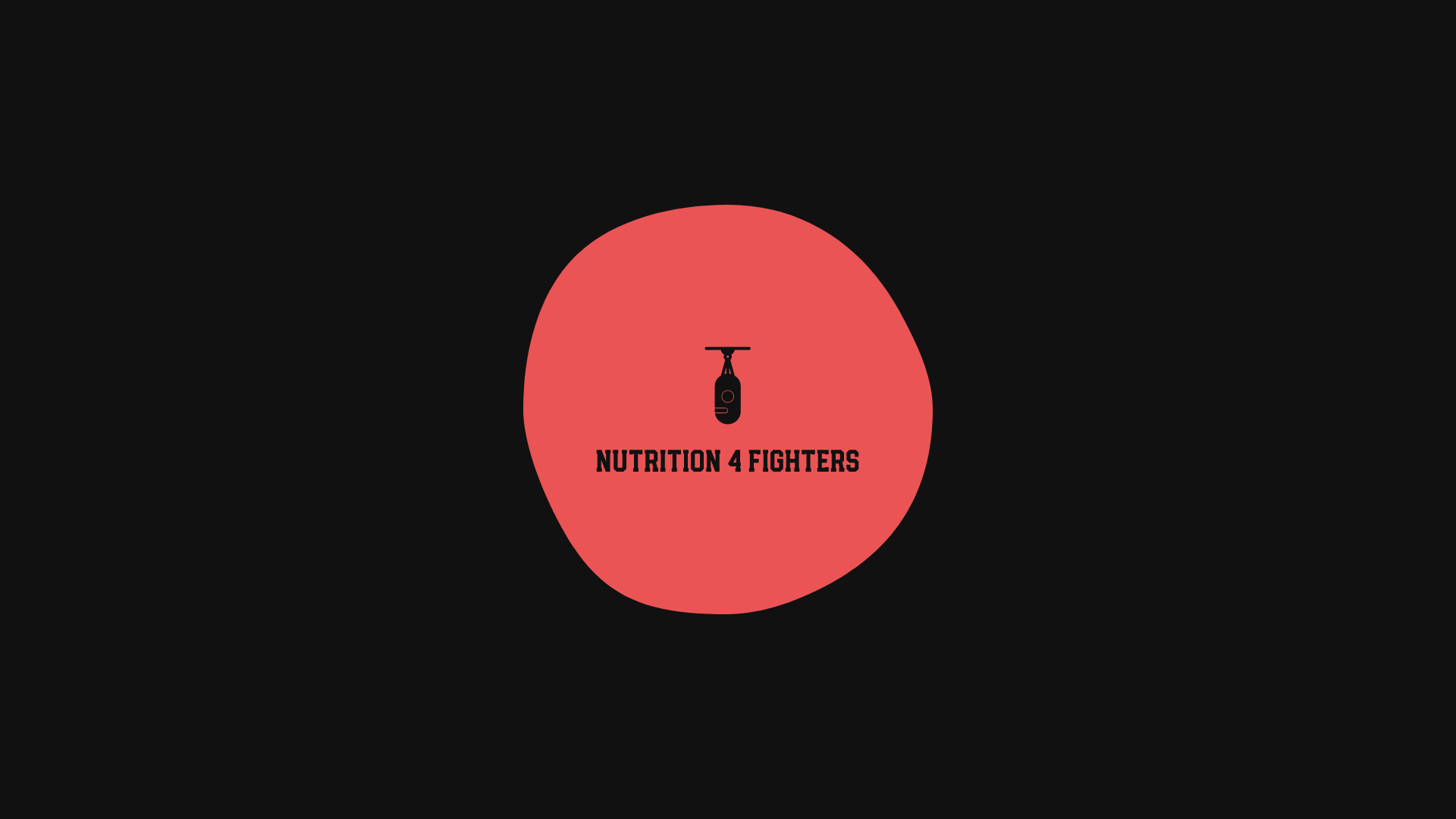
Welcome back to another snack hack! These little bite size morsels are simple tips and tricks to get the maximum out of your spirit, body and mind.
Today’s hack is the anti-aging effect of high intensity anaerobic exercise. High intensity exercise is essentially physical training that causes you to go into an anaerobic state. While aerobic exercise ( long and steady paced training) means ‘with oxygen’, anaerobic means ‘without air’ or ‘without oxygen’.
Anaerobic exercise is short-lasting, high-intensity activity, where your body’s demand for oxygen exceeds the oxygen supply available. Anaerobic exercise relies on energy sources that are stored in the muscles and, unlike aerobic exercise, is not dependent on oxygen from breathing.
Examples of anaerobic exercise include:
heavy weight-lifting, all types of sprints (running, biking, etc.), jumping rope, hill climbing, interval training, or any rapid burst of hard exercise.
Other kinds of similar exercise modalities that you may well of heard of are HIT – High Intensity Training and HIIT – High Intensity Interval Training. Both of these methods, especially HIIT, are similar, but variations of a basic high intensity protocol.
Anti – Ageing
A recent study published in the journal Mechanisms of Aging and Development confirms the anti-ageing effect of high-intensity training.
Telomere shortening occurs as you age, however the factors involved are not entirely understood as of yet. The study was conducted to determine whether age-associated telomere shortening is related to habitual endurance exercise and maximal aerobic capacity.
Each of your cells has a nucleus, which contains the chromosomes that in turn contain your genes. The chromosome is made up of two ‘arms’, and each arm contains a single molecule DNA, which is essentially a string of beads made up of units called bases.
A typical DNA molecule is about 100 million bases long, and at the very tip of each arm of the chromosome is where you’ll find the telomere.
Your telomeres shorten every time your cell divides, starting at the moment of conception. If you were to unravel the tip of the chromosome, a telomere is about 15,000 bases long at the moment of conception, and once your telomeres have been reduced to about 5,000 bases, you will essentially die of old age.
The results suggest there’s a direct association between reduced telomere shortening in your later years and high-intensity-type exercises.
Human Growth Hormone
High-intensity interval-type training also boosts human growth hormone (HGH) production. A 2003 study published in the journal Sports Medicine found that “exercise intensity above lactate threshold and for a minimum of 10 minutes appears to elicit the greatest stimulus to the secretion of HGH.”
The body naturally produces growth hormone (HGH or simply GH) in the pituitary gland, and, as its name implies, it is responsible for cell growth and regeneration. Increasing muscle mass and bone density are impossible without HGH, but it also plays a major role in maintaining the health of all human tissue, including that of the brain and other vital organs.
When secreted, HGH remains active in the bloodstream for only a few minutes, but this is enough time for the liver to convert it into growth factors, the most crucial of which is insulin-like growth factor-1, or IGF-1, which boasts a host of anabolic, (building & repair) properties.
Exercise Plan
Ok, that’s the science done. Now for the practical. The exercise method I’m going to present is called the Mercola Sprint 8 protocol. The key to performing Sprint 8 exercises properly, as we’ve highlighted already, is to raise your heart rate up to your anaerobic threshold. Keep pushing at this maximum effort for 20 to 30 seconds CONTINUOUSLY, and then rest for 90 seconds.Repeat this cycle for a total of eight repetitions and ensure you use a timer, guessing won’t cut it!
Choose an exercise such as burpees, sprints or more challenging exercises such as clap push ups or jumping lunges. If you’re already training moderately to intensely 3/4 times a week then this really doesn’t need to be done more than a once additional session to your training program. If not training at this intensity or regularity however, look to implement this protocol 3 times a week.
Thanks for reading. Please leave a like, share and comment, till next time!

